Home
Learn
Inspired by DelPro™
Reproduction
Successful reproduction is all about timing

Successful reproduction is all about timing; improve your decisions through DeLaval DelPro™ with Herd Navigator™
Reproductive management
The genetic progress over the last decades has favoured milk production, resulting in high yielding cows exhibiting weaker heat signs over a shorter period (figure 1). Manual heat detection becomes time consuming and often many heats are undetected. In addition silent heats are more and more common in modern dairy cows.

Figure 1: High yielding dairy cows show shorter heat period and lower activity level. (Adapted from Lopez et al., 2004)
A study (Dobson et al., 2008) reports that over the past 30 – 50 years the percentage of cows showing standing heat has declined from 80% to 50%, the duration from 15 h to 5 h and first service pregnancy rate from 70% to 40%. This leads to economic loss because of extended calving intervals and additional semen expense. Research worldwide points to a loss between 2 and 5 € per open day beyond the voluntary waiting period. This supports that heat detection and getting cows pregnant has become an extensive task in the modern dairy farming.
Progesterone as a biomarker for the reproductive organs functionality
Many hormones control reproduction directly and indirectly. The hormones acting directly are Gonadotropin Releasing Hormone (GnRH) secreted from the hypothalamus, Follicle Stimulating Hormone (FSH) and Luteinizing Hormone (LH) secreted from the pituitary gland, Oestrogens secreted from the follicles, Progesterone secreted from the corpus luteum and Prostaglandins (PGF2α) released from the endometrium inside the uterus. Each of these hormones has a different role and influence on other hormones during the whole reproduction cycle of the cow.
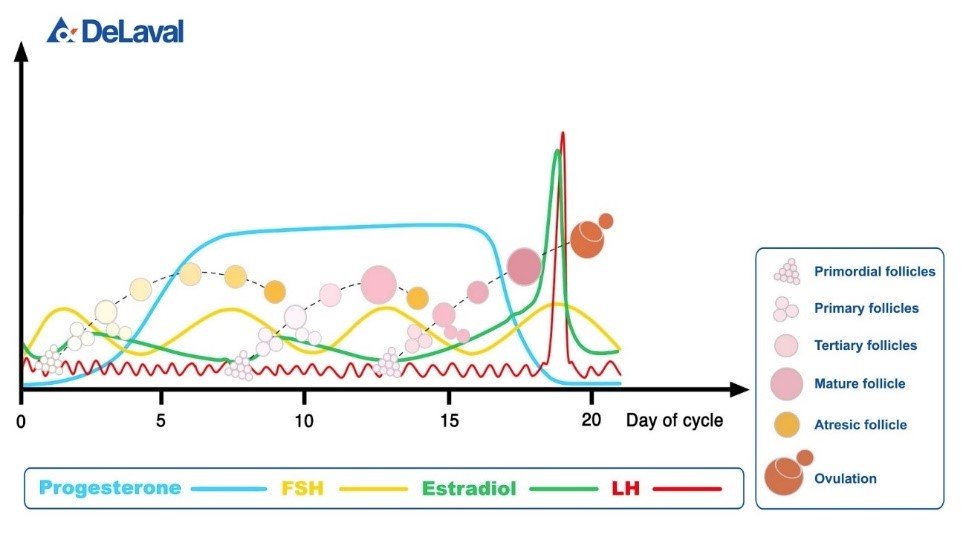 Figure 2: Hormonal development during oestrus cycle.
Figure 2: Hormonal development during oestrus cycle.
Out of these, Progesterone has been chosen to be analysed by Herd Navigator™ because it is the one that can provide the most information about the reproductive status of the cow throughout the whole lactation.
After calving the cow has no ovarian activity (anoestrus) and will not produce any progesterone. After some weeks the cow will start ovarian activity, will show heat signs and ovulate. After the ovulation the corpus luteum will be formed in the ovary and start producing Progesterone. Progesterone production will cease when the cow is approaching a new heat and will restart again after the new ovulation. This cycle is repeated every 18 to 24 days until the cow becomes pregnant. In this case the corpus luteum will continue producing Progesterone to maintain the pregnancy (Figure 3). Progesterone production will continue until calving unless the cow aborts, in this case Progesterone production will stop.
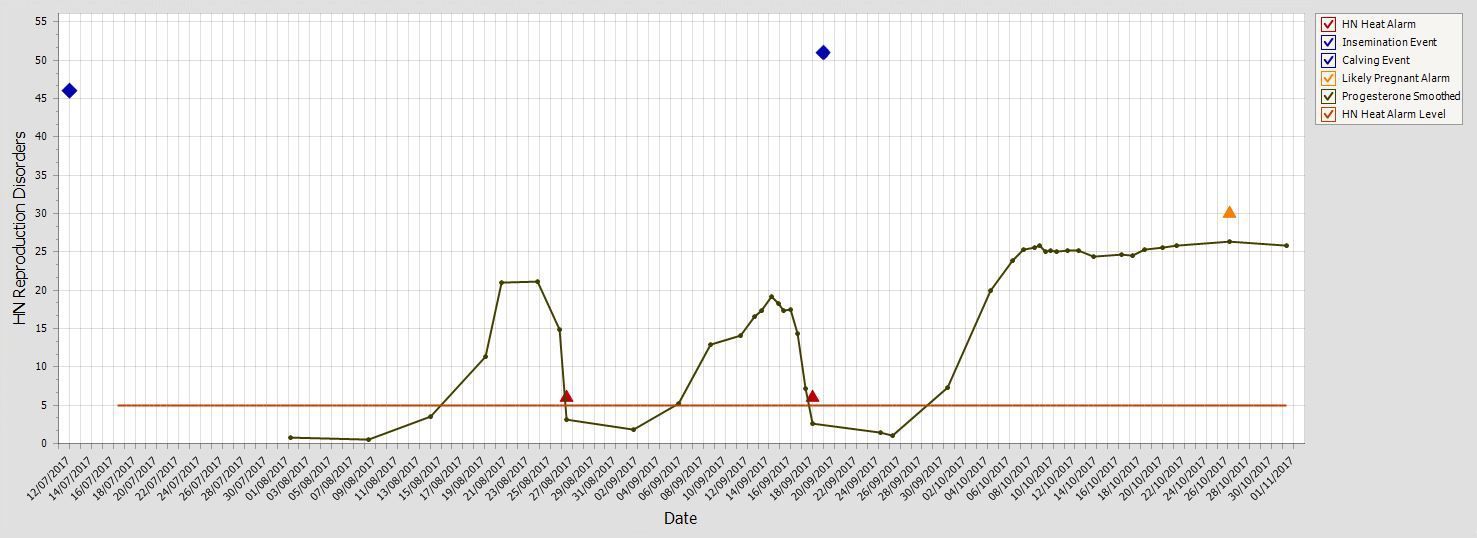
Figure 3: Example of a cow Progesterone profile showing anoestrus, heat cycles and pregnancy.
Herd Navigator™ uses Progesterone test results as well as other cow information as inputs to the DelPro BioModel to interpret the shape and development of the Progesterone profile of every cow.
Heat detection and insemination
After the first ovulation the BioModel will detect the rise in progesterone. From that moment the BioModel will assume the cow is cycling and will expect the cow to come in heat 8 to 12 days later. The drop in Progesterone is the signal that the corpus luteum has regressed allowing a dominant follicle to mature and ovulate. When the expected heat time approaches, sampling frequency will increase. As soon as progesterone concentration falls below 5 ng/ml the reproduction model will issue a heat alarm. This heat alarm will be the reference point to detect the next expected heat 19 to 23 days later. The above process will be repeated every time a heat alarm is issued.
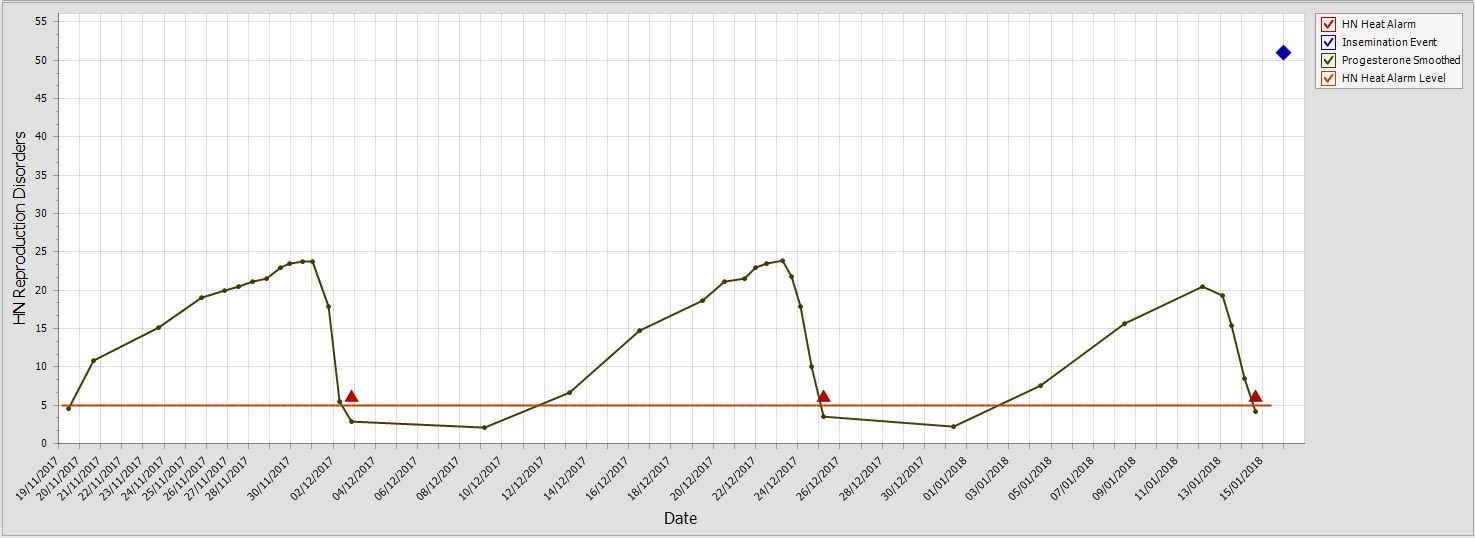
Figure 4: Cycling cow progesterone profile and Herd Navigator™ heat alarms.
In addition to the heat alarm the BioModel calculates the Heat Quality (0 – 100 %); this is an assessment of the uterine environment and oocyte (egg) quality based on the progesterone profile shape of the latest cycle. As progesterone drop occurs before oestrogens increases, the heat alarms will be issued before the cows show any visual heat signs. A general recommendation is to inseminate the cows 36-48 hours after the heat alarm, but the time could vary depending of specific animal and farm conditions.
Pregnancy confirmation
Progesterone is a necessary hormone to maintain pregnancy and can be used to monitor the pregnancy status. Once a cow is inseminated after the heat alarm the reproduction model monitors the progesterone development. If progesterone level increases shortly after insemination and remains at a high level, the model will issue a pregnancy confirmation around 35 days from insemination. From that point, the system will continue monitoring the progesterone level for another 20 days.
About 95% of early embryonic deaths and abortions occur within the first 55 days after insemination, therefore Herd Navigator™ will stop sampling after 55 days. The sampling can be resumed if the user observes or suspects an abortion, either reporting an abortion event or request check samples from DelPro FarmManager. In case of abortion the system will restart sampling to monitor the cow until a new pregnancy is established.
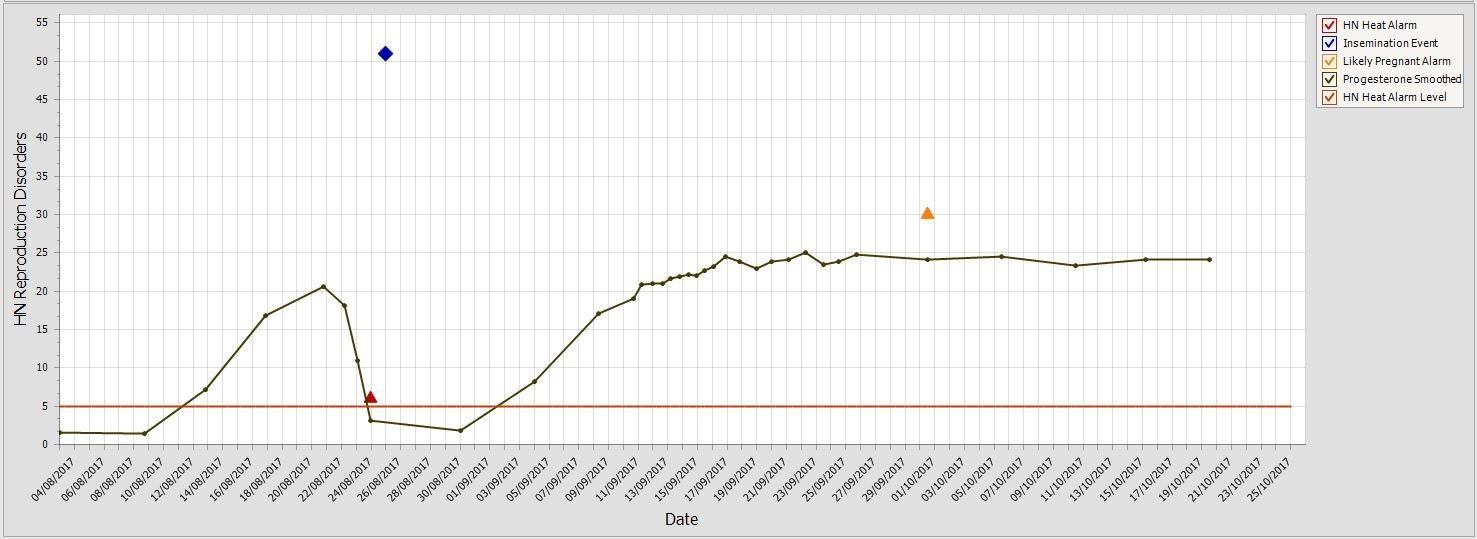
Figure 5: Progesterone profile of a pregnant cow and pregnancy confirmation from Herd Navigator™.
Standard Operating Procedures (SOP)
Having a consistent way of working is critical in modern dairy farming and with many different people performing herd management duties we require standard ways of working (or standard operating procedures) that describe the actions to take for different tasks such as time of insemination. Recording these events is also very important.
As an example, insemination decisions should consider criteria to provide optimal conditions to achieve good conception rate and maintain the pregnancy afterwards. On cows with daily milk yields up to 55 – 65 kg and a relative flat lactation curve it may be beneficial to extend the Voluntary Waiting Period (VWP) even if they present regular heats before. Below is an example of an insemination SOP using Days in Milk, Milk Yield and Heat Quality as insemination criteria (Figure 6).
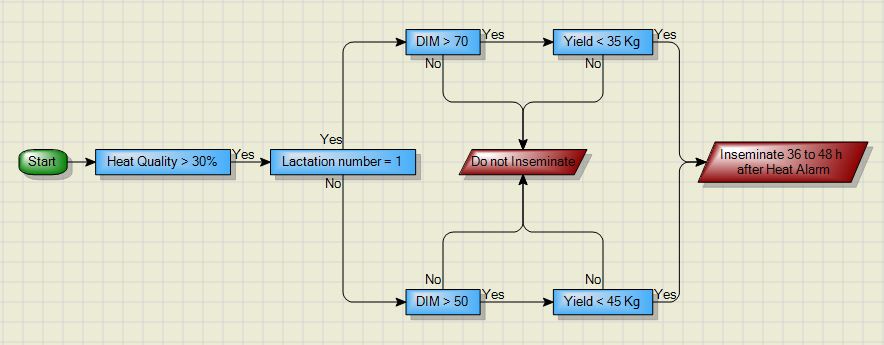
Figure 6: Example of an insemination SOP from DelPro™ FarmManager.